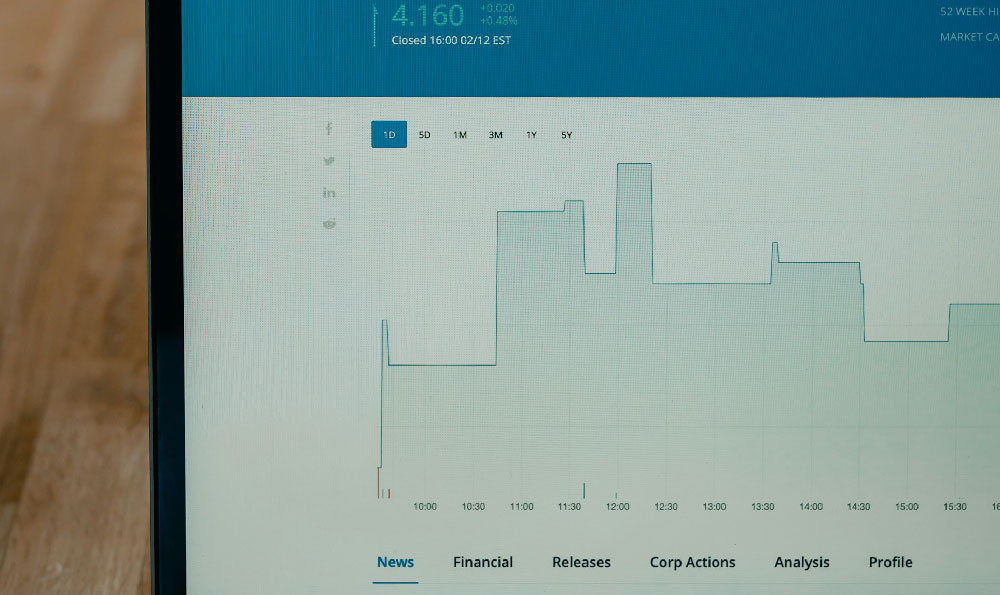How to Invest and Grow Your Money: What Are Your Options?
Investing and growing your money wisely requires a multifaceted approach, especially within the dynamic landscape of cryptocurrencies. It’s not just about throwing money at the next shiny coin; it demands diligent research, risk assessment, and a long-term perspective. To navigate this complex terrain successfully, understanding your options and developing a coherent strategy are paramount.
Before diving into the specifics of asset classes, it's essential to clearly define your investment goals. Are you saving for retirement, a down payment on a house, or simply aiming for financial independence? Your objectives will heavily influence your risk tolerance and the types of investments you should consider. If you have a long investment horizon, you can potentially afford to take on more risk with investments that have higher growth potential. Conversely, if you need the money soon, prioritize lower-risk, more stable options.
One of the fundamental aspects of growing wealth is the power of diversification. Don’t put all your eggs in one basket. This principle applies equally to the broader investment world and specifically within cryptocurrencies. Instead of focusing solely on Bitcoin or Ethereum, consider spreading your investments across various cryptocurrencies, blockchain projects, and even traditional assets like stocks and bonds. Diversification helps mitigate risk by reducing the impact of any single investment performing poorly.

Cryptocurrencies, while offering the potential for significant returns, are inherently volatile. Bitcoin, the pioneering cryptocurrency, remains a dominant force and can be considered a core holding for many crypto investors. Its established track record and limited supply contribute to its appeal as a store of value. Ethereum, on the other hand, is more than just a cryptocurrency; it's a platform for decentralized applications (dApps) and smart contracts. Its versatility and ongoing development make it a compelling investment option, although with its own set of risks associated with platform adoption and technological advancements.
Beyond Bitcoin and Ethereum, a vast array of alternative cryptocurrencies (altcoins) exist. These encompass projects with diverse use cases, ranging from decentralized finance (DeFi) to supply chain management and gaming. Investing in altcoins can potentially yield higher returns, but it also carries significantly higher risk. Thorough research is crucial before investing in any altcoin. Analyze the project's whitepaper, understand its technology, assess the team behind it, and evaluate its market potential. Look for projects with strong fundamentals, a clear value proposition, and a vibrant community. Be wary of hype and marketing-driven coins with little substance.
Decentralized Finance (DeFi) has emerged as a transformative force within the cryptocurrency space, offering innovative ways to earn passive income. DeFi protocols allow users to lend, borrow, and trade cryptocurrencies without the need for traditional intermediaries. Staking, for example, involves holding cryptocurrencies in a wallet to support the network and earn rewards in return. Yield farming, a more complex strategy, involves providing liquidity to DeFi protocols and earning rewards in the form of governance tokens or other cryptocurrencies. While DeFi can be lucrative, it's essential to understand the risks involved, including smart contract vulnerabilities, impermanent loss, and regulatory uncertainty.
Investing in initial coin offerings (ICOs) and initial exchange offerings (IEOs) can be a high-risk, high-reward endeavor. These are fundraising events where new cryptocurrency projects offer tokens to the public in exchange for capital. While some ICOs and IEOs have generated significant returns for early investors, many others have failed to deliver on their promises. Before investing in an ICO or IEO, conduct extensive due diligence. Scrutinize the project's whitepaper, assess the team's experience, and evaluate the feasibility of the project's goals. Be prepared to lose your entire investment, as the vast majority of new cryptocurrency projects fail.
Technical analysis is a valuable tool for understanding market trends and identifying potential entry and exit points. It involves analyzing historical price data and trading volume to identify patterns and predict future price movements. Common technical indicators include moving averages, relative strength index (RSI), and moving average convergence divergence (MACD). While technical analysis can be helpful, it's not foolproof and should be used in conjunction with fundamental analysis.
Risk management is paramount when investing in cryptocurrencies. Start by determining your risk tolerance and setting realistic investment goals. Only invest what you can afford to lose, and avoid using leverage, which can amplify both gains and losses. Implement stop-loss orders to limit potential losses on your investments. Regularly review your portfolio and rebalance it as needed to maintain your desired asset allocation.
Beyond specific investment strategies, developing good financial habits is crucial for long-term wealth accumulation. Track your income and expenses, create a budget, and prioritize saving. Automate your savings to make it easier to reach your financial goals. Avoid unnecessary debt, and always pay your bills on time. Continuously educate yourself about investing and personal finance.
Furthermore, it’s vital to stay informed about the ever-changing regulatory landscape surrounding cryptocurrencies. Governments around the world are grappling with how to regulate this nascent asset class, and new regulations could have a significant impact on the value of cryptocurrencies. Stay abreast of regulatory developments in your jurisdiction and be prepared to adapt your investment strategy accordingly.
Finally, remember that investing is a marathon, not a sprint. It takes time and patience to build wealth. Don't be discouraged by short-term market fluctuations. Focus on the long-term fundamentals of your investments and stay disciplined with your investment strategy. By combining diligent research, prudent risk management, and a long-term perspective, you can increase your chances of successfully navigating the complexities of cryptocurrency investing and growing your money wisely. Remember to consult with a qualified financial advisor before making any investment decisions.















